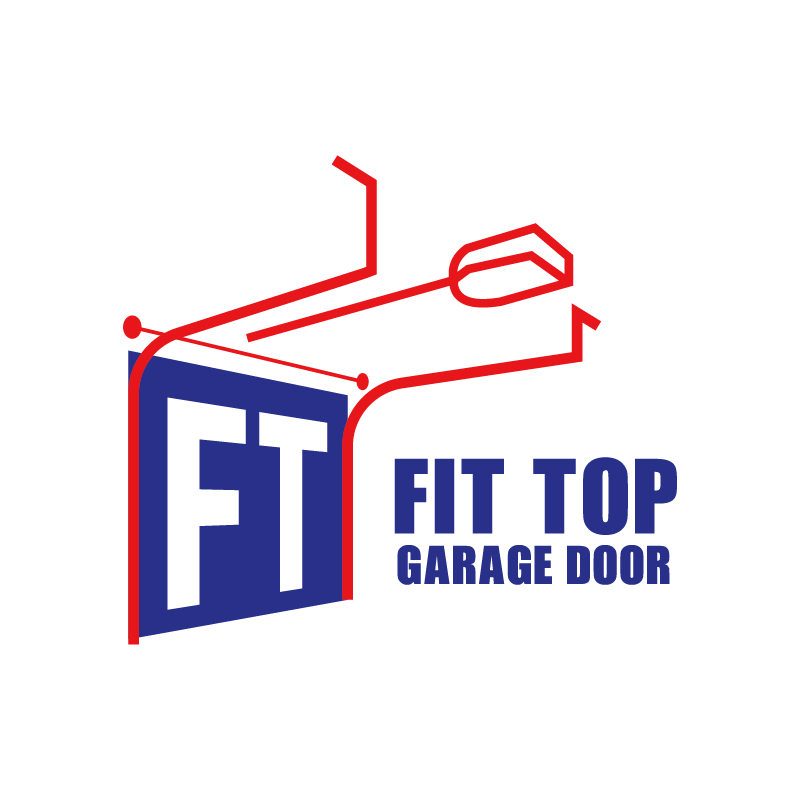The Strategic Value of Thermal Protection in Modern Manufacturing
Manufacturing facilities face unique challenges when it comes to maintaining optimal operational conditions. The implementation of insulated industrial doors has become a cornerstone of efficient plant management, offering solutions that extend far beyond basic access control. These specialized doors serve as critical components in creating controlled environments, managing energy costs, and ensuring smooth operational flow in manufacturing settings.
Modern manufacturing demands precision in every aspect, from production processes to facility infrastructure. Insulated industrial doors represent a significant advancement in industrial architecture, combining robust construction with sophisticated thermal management capabilities. As manufacturing plants evolve to meet increasing demands for efficiency and sustainability, the role of these specialized doors becomes increasingly vital.
Core Benefits of Insulated Door Systems
Temperature Control and Energy Efficiency
Insulated industrial doors excel at maintaining consistent temperatures within manufacturing spaces. Their multi-layer construction creates an effective thermal barrier between interior and exterior environments, preventing unwanted heat transfer. This insulation capability proves particularly valuable in facilities where temperature-sensitive processes occur or where climate control directly impacts product quality.
The energy savings achieved through proper door insulation can be substantial. Manufacturing plants utilizing insulated industrial doors typically report significant reductions in heating and cooling costs. During winter months, these doors prevent warm air from escaping, while in summer, they help maintain cool indoor temperatures, reducing the strain on HVAC systems and lowering overall energy consumption.
Noise Reduction and Environmental Control
Beyond thermal management, insulated industrial doors provide excellent sound attenuation properties. In manufacturing environments where noise pollution is a concern, these doors help contain machinery sounds within specific areas, creating better working conditions for employees in adjacent spaces. The acoustic benefits extend to helping facilities comply with workplace safety regulations and environmental noise restrictions.
Environmental control extends to dust, moisture, and air quality management. Insulated industrial doors create effective seals that prevent contamination between different manufacturing zones, maintaining clean room conditions where required and protecting sensitive equipment from environmental factors that could impact production quality.
Durability and Performance Features
Construction and Material Innovation
Modern insulated industrial doors incorporate advanced materials and construction techniques that ensure longevity in demanding manufacturing environments. High-density foam cores, reinforced panels, and weather-resistant exterior surfaces combine to create doors that withstand frequent use while maintaining their insulating properties. The durability of these components translates to reduced maintenance requirements and extended service life.
Manufacturers continue to innovate with new composite materials and insulation technologies, improving the performance characteristics of industrial doors. These advancements result in lighter yet stronger doors that offer superior thermal resistance and require less mechanical effort to operate, reducing wear on opening mechanisms and power consumption for automated systems.
Operational Efficiency and Safety
The design of insulated industrial doors prioritizes smooth operation and safety features essential for manufacturing environments. Quick-opening mechanisms, safety sensors, and emergency protocols are integrated into modern door systems, ensuring efficient traffic flow while protecting personnel and equipment. Advanced sealing systems prevent energy loss during operation, maintaining the integrity of controlled environments even with frequent access.
Safety innovations include features like break-away panels for impact protection, vision panels for increased visibility, and automated systems that can integrate with facility security and emergency response protocols. These features contribute to a safer working environment while maintaining the doors' primary insulation functions.

Installation and Long-term Value
Strategic Implementation Planning
Successful implementation of insulated industrial doors requires careful consideration of facility layout, traffic patterns, and specific operational requirements. Professional assessment helps determine optimal door sizes, opening mechanisms, and insulation ratings based on the manufacturing environment's demands. Proper planning ensures that door installations enhance rather than impede operational flow.
The installation process itself demands precision and expertise to achieve maximum performance benefits. Proper sealing, alignment, and calibration of operating mechanisms ensure that insulated industrial doors deliver their full potential in terms of energy efficiency and environmental control. Professional installation teams understand the importance of minimizing disruption to ongoing operations while ensuring perfect functionality.
Return on Investment Considerations
While the initial investment in insulated industrial doors may exceed that of standard options, the long-term financial benefits justify the expense. Energy savings, reduced maintenance costs, and improved operational efficiency contribute to a compelling return on investment. Manufacturing facilities often recover their investment through reduced utility costs alone within a few years of installation.
Additional value derives from enhanced product quality control, improved worker comfort, and better compliance with environmental regulations. These factors contribute to increased productivity and reduced operational risks, further strengthening the business case for investing in high-quality insulated door systems.
Frequently Asked Questions
What maintenance do insulated industrial doors require?
Regular maintenance includes inspecting seals and weather stripping, lubricating moving parts, checking alignment, and verifying proper operation of safety features. Professional servicing is recommended quarterly, with more frequent checks for high-traffic installations.
How long do insulated industrial doors typically last?
With proper maintenance and normal use, insulated industrial doors can last 15-20 years or more. Factors affecting longevity include usage frequency, environmental conditions, and quality of maintenance programs.
Can existing doors be upgraded to insulated versions?
In many cases, existing door openings can be retrofitted with insulated industrial doors. However, structural assessment is necessary to ensure the opening can support the new door system and that proper sealing can be achieved for maximum efficiency.

